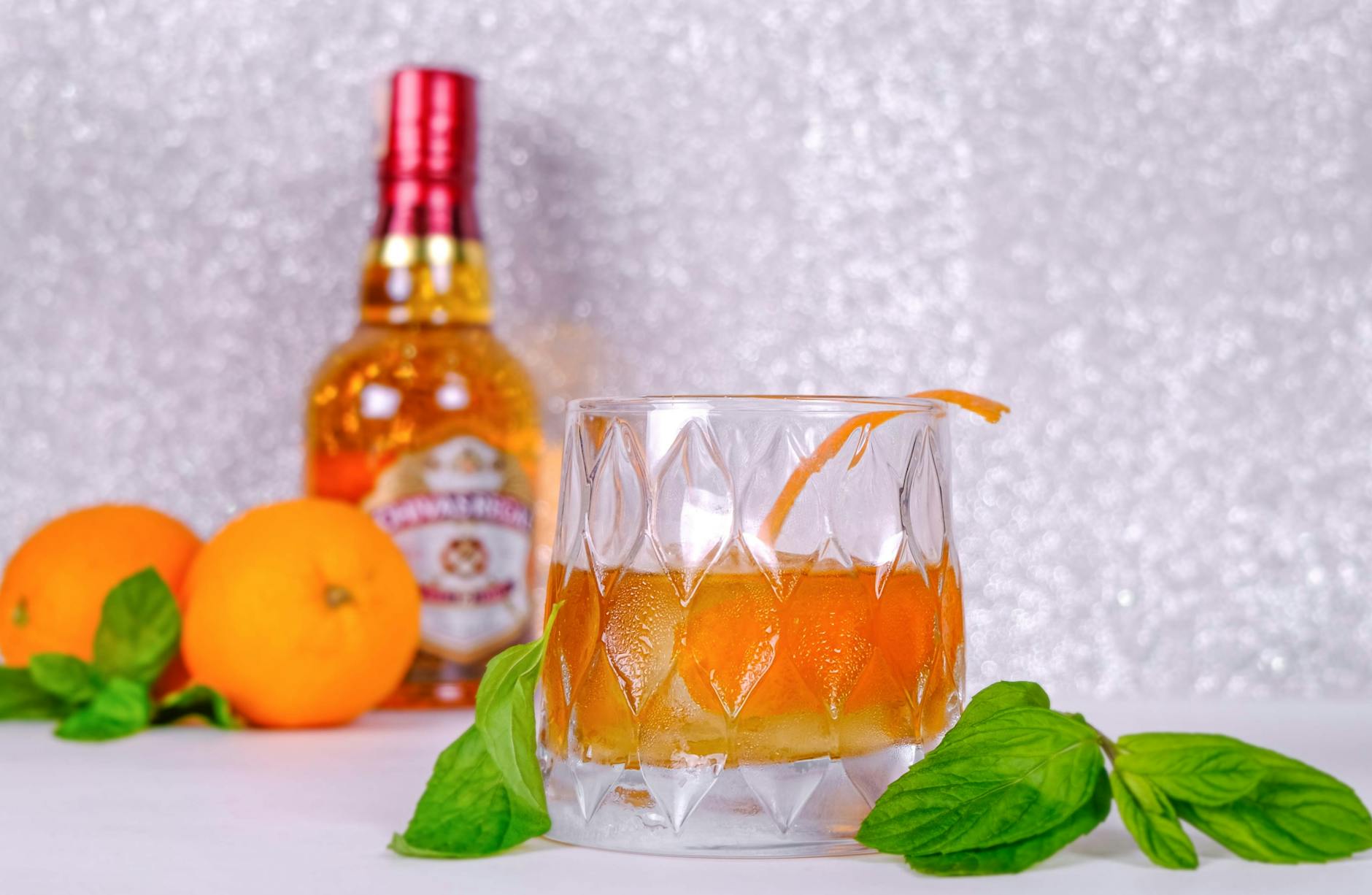High-end drinks are more than just beverages; they’re a sensory experience that captivates the palate with every sip. The secret to their consistent flavor profiles goes beyond mere ingredients; it involves a meticulous combination of science, art, and a profound understanding of flavor dynamics. This post delves deep into the fascinating world of high-end drinks, unveiling the secrets behind their remarkable ability to maintain flavor consistency time after time.
Through a journey that explores sourcing, production methods, blending techniques, and the importance of aging, you’ll discover how top-tier beverages can deliver exceptional flavors. So, get ready to be dazzled as we break down the elements that make these drinks extraordinary!
The foundation of a high-end drink begins with the sourcing of premium ingredients. Producers often travel the globe to find the best botanicals, fruits, grains, and other components. This commitment to quality ensures that each element contributes to the drink’s overarching flavor profile. For instance, top distilleries may hand-pick grains from specific farms, selecting varieties that offer unique characteristics not found in standard options. This level of dedication not only enhances flavor but reinforces a brand’s reputation for excellence.
Moreover, responsible sourcing practices also reflect a commitment to sustainability and ethical production. Many brands are now prioritizing organic ingredients and supporting local growers. By investing in superior quality inputs, distillers and brewers can create a unique taste that sets them apart. Approachability to these ingredients ensures that the flavors remain consistent across batches, allowing connoisseurs to savor the same sublime taste experience that they’ve come to love.
The methods embraced by producers during the manufacturing process significantly influence the final product’s flavor. Whether it’s fermentation techniques for craft beers, intricate distillation methods for spirits, or careful blending for fine wines, each step is crucial. Advanced technology and traditional techniques work in unison to create a harmonious flavor profile that can withstand the test of time. For example, some top-shelf vodkas are distilled multiple times to achieve an unmatched purity and smoothness.
Alongside innovative approaches, many artisans embrace traditional methods that have stood the test of time, ensuring authenticity and character shine through. The interplay of these diverse production methods results in a rich tapestry of flavors for consumers to enjoy, creating a thrilling experience with each pour. High-level producers invest in skilled labor and state-of-the-art facilities, assuring that every bottle reflects their commitment to excellence.
Blending is where the magic truly happens in creating premium drinks. Expert blenders possess an extraordinary palate, capable of discerning subtle notes and nuances in various ingredients to compose a perfectly balanced final product. In the world of whiskies and rums, for example, blending different distillates is essential to achieving a consistent and harmonious flavor profile. Each ingredient plays a role in the overall wine or spirit’s character.
This creative process allows brands to maintain flavor consistency even across different batches, ensuring that loyal customers receive the same stellar experience each time. Brands often keep meticulous records and utilize tasting panels to fine-tune their products. The result? A symphony of flavors that melds together beautifully, delighting the senses and creating an unforgettable tasting experience. The interplay of skillful blending brings forth layers of complexity, making every sip an adventure.
The aging process is a pivotal factor in the development of high-end drink flavors. For many spirits like whisky and rum, aging in carefully selected barrels imparts flavors that contribute significantly to their profiles. The type of wood, the previous contents of the barrels, and the climate in which the aging occurs all influence the final taste. This long-term interaction transforms simple distillates into aged masterpieces renowned for their depth and richness.
This complex relationship between liquid and wood ultimately creates a flavor profile that evolves and matures over time. It’s no wonder that connoisseurs often prefer aged spirits, as they deliver a complexity that can’t be found in younger counterparts. In the world of wines, the aging process allows for the integration of flavors, leading to a silky finish that enhances the overall tasting experience. Investment in quality aging processes ensures that each bottle that reaches the consumer is crafted with care and precision, reflecting a performer’s dedication to their craft.
High-end drinks stand testament to the art and science behind crafting extraordinary flavor profiles. With a keen understanding of sourcing, production methods, blending techniques, and aging processes, producers consistently deliver beyond expectations. For both connoisseurs and casual enthusiasts alike, the joy of experiencing these meticulously crafted beverages is undeniable. They represent not just drinks but thrilling narratives of passion and precision that excite the palate and inspire appreciation.
As consumers increasingly seek quality and depth in their beverages, the brands that master the art of flavor consistency will continue to lead the pack. It’s always exciting to venture into a world where each sip is like a small journey, taking you deeper into unique flavor landscapes and rich histories. So raise your glass, appreciate the craftsmanship, and enjoy every moment spent with these remarkable drinks!
What is the most important factor in maintaining flavor consistency?
While many factors play a role, sourcing high-quality ingredients is paramount. The basis of any exceptional drink is its raw materials, which set the tone for flavor.
Can blending truly impact the flavor of a drink?
Absolutely! Blending is essential for achieving a nuanced, well-rounded flavor profile. Skilled blenders work diligently to combine various elements for harmonious results.
How long does the aging process affect flavor?
The aging process can dramatically alter the flavor, with many spirits requiring years of careful maturation to reach their best. The transformation is essential for developing depth and complexity.
Are there specific techniques that enhance flavor consistency?
Yes, precise control over production methods and rigorous quality control measures ensure that every batch meets the desired flavor profile and maintains the brand’s standards.
Image Credit: Pexels
